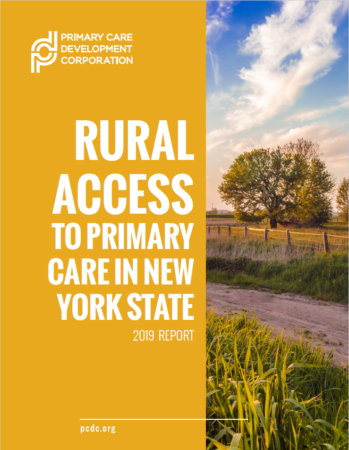Address barriers to care by expanding rural workforce initiatives, increasing reimbursement, and supporting alternative care delivery options such as telemedicine.
It is imperative to expand the rural primary care workforce by implementing student loan forgiveness, scholarships, or financial aid in return for practicing in a rural community. Equally important is appropriately adjusting reimbursement to adequately compensate rural providers and incentivize them to continue practicing in the communities that need them most.
Expanding the use of telemedicine through increased reimbursement has proven to be a valuable tool in reducing transportation and mobility barriers for rural residents. Physical accessibility may also be addressed through expanded in-home visits for patients with limited mobility and increased funding for programs that provide transportation to and from medical appointments for residents without vehicles.
